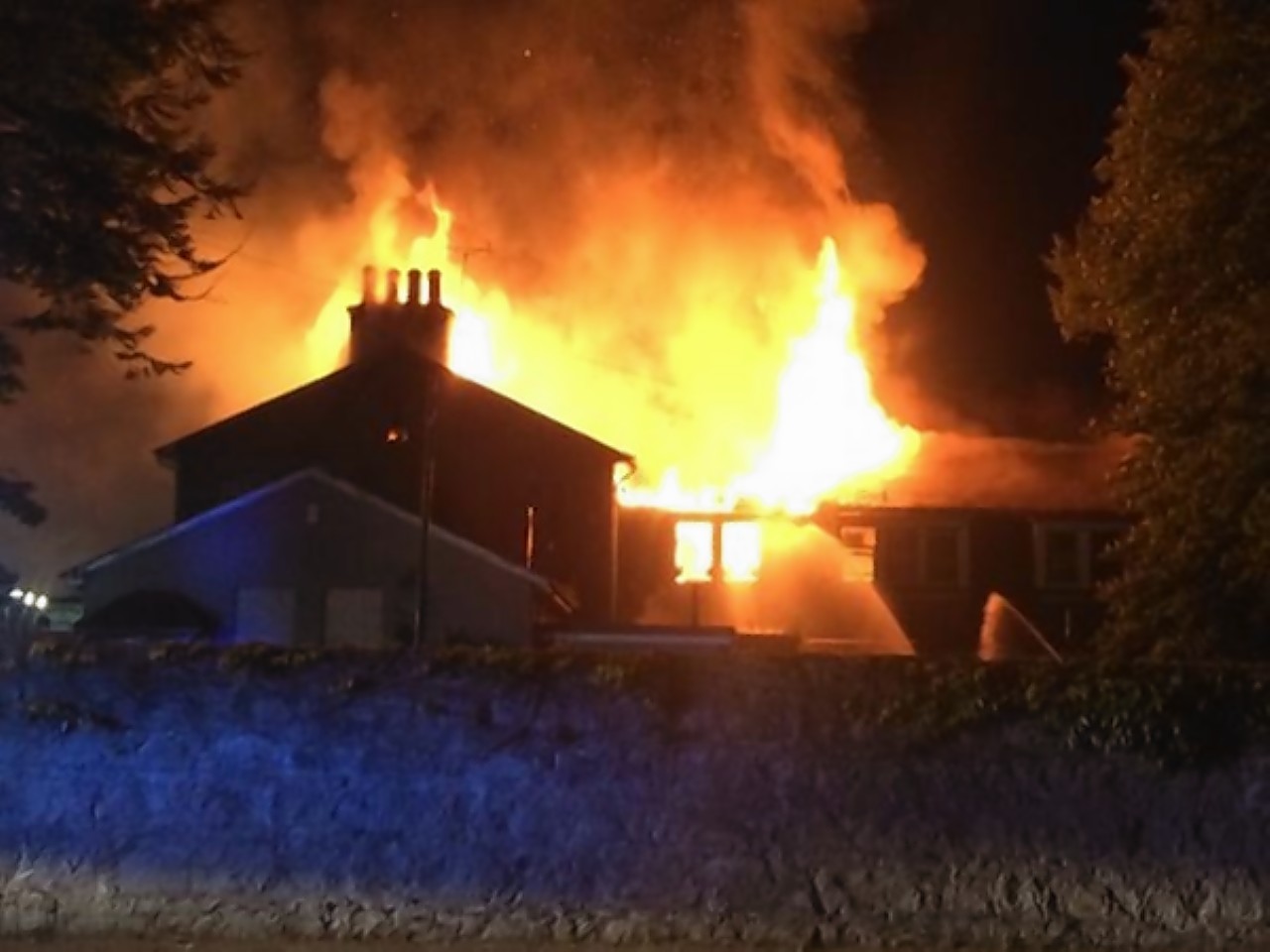The number of deliberate fires being started across the north-east has dropped in the past year, new figures have shown.
Aberdeenshire councillors welcomed the Scottish Fire and Rescue service’s local performance report yesterday at the local authority’s policy and resources committee meeting.
The service’s figures for April to September this year were discussed and compared to the same period across the past five years.
The stats showed a 12% reduction in the number of accidental house fires from 94 to 83, while house fires casualties fell from 13 to six.
Other stats show there was an overall drop in deliberate fires from 107 to 79.
There was also a drop in the number of “special service” casualties – defined as people involved in crashes, floods and other rescue situations – being dealt with by firefighters from 170 to 148.
Senior officer David Rout said: “Partnership working and the delivery of home fire safety visits are both key areas in reducing the number of accidental dwelling fires.
“The area is making good progress in relation to both of these with good partnerships developed with the local authority in relation to sheltered housing and cared for people.”
“We continue to develop our partnerships to ensure those who are most vulnerable or at risk from fire or harm in the home are identified and that appropriate risk reduction measures are put in place.”
